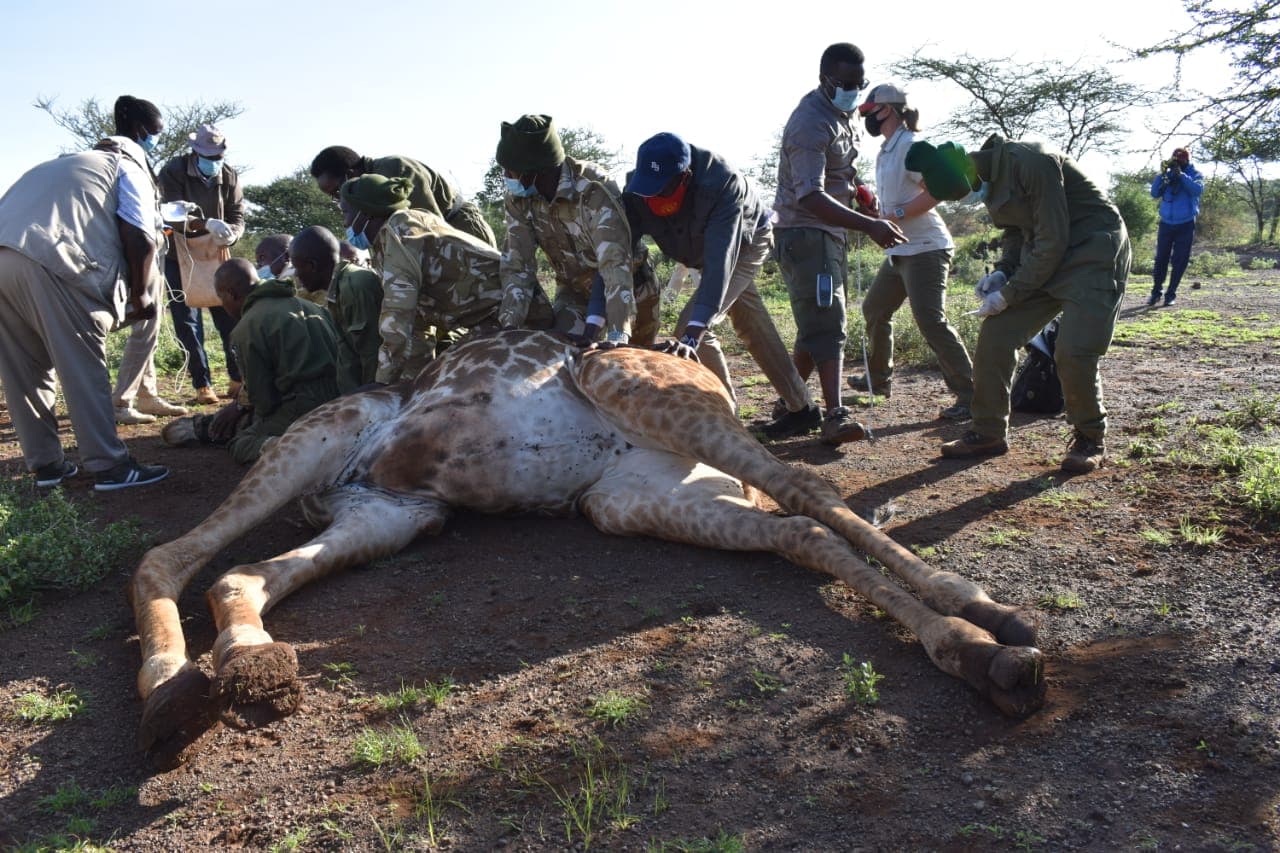Loading News Article...
We're loading the full news article for you. This includes the article content, images, author information, and related articles.
We're loading the full news article for you. This includes the article content, images, author information, and related articles.
The Kenya Wildlife Service is implementing urgent measures in the Amboseli Ecosystem to prevent a repeat of the devastating 2020-2022 drought, which claimed thousands of wild animals and severely impacted local communities.

The Kenya Wildlife Service (KWS) has initiated a comprehensive set of measures to safeguard wildlife in the Amboseli Ecosystem, southern Kajiado County, as forecasts indicate a looming drought. This proactive approach aims to avert a recurrence of the severe drought experienced between 2020 and 2022, which resulted in significant wildlife mortality.
The Kenya Meteorological Department (KMD) and local Maa elders have predicted below-average rainfall for most of Kajiado between September and December 2025, with dry conditions expected to persist into early 2026. While some parts of Kenya are receiving short rains, Kajiado remains largely parched, with withered vegetation and dry seasonal rivers, threatening both human livelihoods and animal survival.
Kenya has a history of recurrent droughts, with severe episodes in 2010-2011, 2016-2017, and the most recent prolonged drought from 2020-2022. The 2020-2022 drought was particularly devastating, considered the worst in 40 years, and led to unprecedented wildlife losses in Amboseli. Data from KWS and the International Fund for Animal Welfare (IFAW) revealed that the Amboseli ecosystem alone lost 6,093 animals from 20 species between June and November 2022. This included 127 elephants, 93 Masai giraffes, 3,872 wildebeest, and 1,395 common zebras.
Beyond wildlife, the drought also had a severe impact on human populations and livestock. The National Drought Management Authority (NDMA) reported over one million livestock deaths (400,000 cattle and 700,000 goats and sheep) and 400,000 households facing starvation during the 2020-2022 period. The economic impact of drought on Kenya's tourism, a major foreign exchange earner, is also significant, as it disrupts wildlife migration and tourist activities.
In response to the current forecast, KWS Assistant Director for the Amboseli Ecosystem, Paul Wambia, stated that the agency is working with stakeholders to desilt water pans and solarise boreholes to maximize water harvesting. Plans are also in place to provide supplementary animal feeds, such as pellets, if dry conditions worsen. During the 2020-2022 drought, KWS resorted to using helicopters to drop hay to emaciated animals.
Non-state actors are also mobilising. The Big Life Foundation is developing wildlife water points away from community areas to mitigate human-wildlife conflict over scarce resources and is expanding protective fencing around settlements. Ernest Lenkoina, Big Life Rangeland Restoration Manager, emphasised a focus on long-term resilience, including restoring rangelands, supporting community livelihoods, and improving water access.
The Government of Kenya, through the National Drought Management Authority (NDMA), has a mandate to coordinate drought risk management and implement strategies to end drought emergencies. The NDMA's initiatives include constructing and rehabilitating water pans, boreholes, and dams, developing early warning systems, and promoting drought-tolerant crops. The World Food Programme (WFP), in partnership with the Government of Kenya, activated its Anticipatory Action Plan in September 2025 to mitigate predicted drought impacts in Marsabit and Wajir counties, providing cash transfers and early warning messages.
Despite these efforts, challenges persist. The ongoing land subdivision in Kajiado South, where communally-owned group ranches are being broken into smaller plots, poses a threat to the fragile ecosystem and could exacerbate the impact of drought. There are also concerns that drought management in Kenya has historically been reactive rather than anticipatory, despite improvements in early warning systems.
The long-term recovery of ecosystems after severe droughts is also a concern. Evan Mkala, Program Manager for IFAW, noted in January 2023 that it would take at least three years of continuous rains for the environment to return to normal after the 2020-2022 drought.
Stakeholders will be closely monitoring rainfall patterns in the coming months, particularly the performance of the short rains season. The effectiveness of the implemented mitigation measures by KWS and other organisations will be crucial in determining the extent of wildlife and community impact. The ongoing efforts to integrate anticipatory action into drought management and address land fragmentation will also be key areas to watch for long-term resilience against climate change impacts.
Keep the conversation in one place—threads here stay linked to the story and in the forums.
Other hot threads
E-sports and Gaming Community in Kenya
Active 6 months ago
Popular Recreational Activities Across Counties
Active 6 months ago
The Role of Technology in Modern Agriculture (AgriTech)
Active 6 months ago
Investing in Youth Sports Development Programs
Active 6 months ago